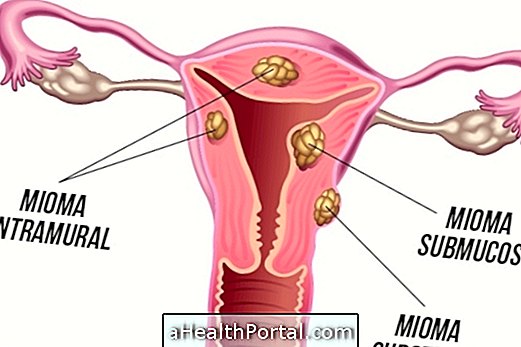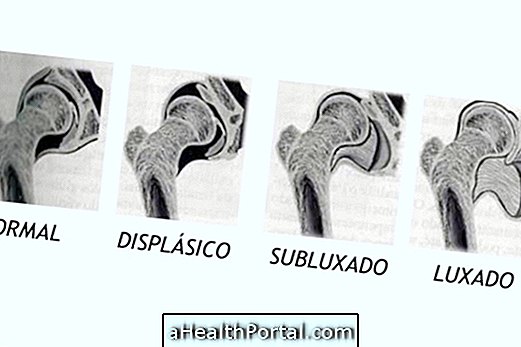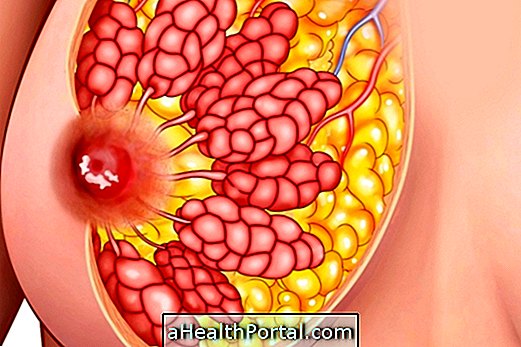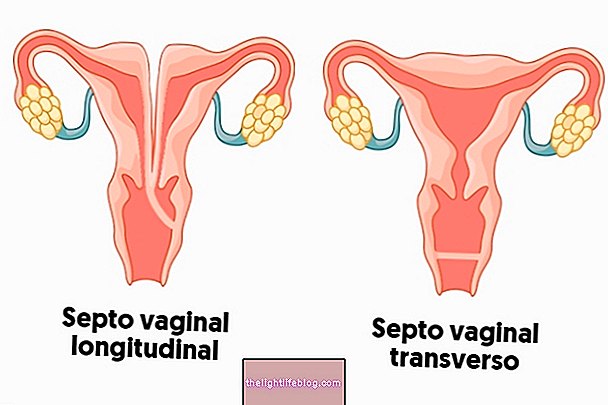Treatment for cervical cancer depends on the stage of the tumor, metastasis of disease, age, and general health status of the patient.
However, in most cases it is recommended to perform a hysterectomy, and it may be necessary to remove the fallopian tubes, ovaries and ganglia from the region.
Cancer of the uterus has healing, especially when it is identified and treated early. According to INCA, the Brazilian Cancer Institute, when these 2 factors are present, the chances of cure for uterine cancer can reach 100%.
Following are each treatment option:
1. Cryotherapy
During this procedure, the doctor places a device through the vagina of the woman who freezes the diseased area, killing the cells with cancer.
It is particularly indicated to treat invasive cancer, but not precancerous lesions.
2. Laser surgery
Cells with changes are burned through a laser, which can also be used to collect sample for biopsy. It is used only in cases of precancerous lesions, but not in cases of invasive cancer.
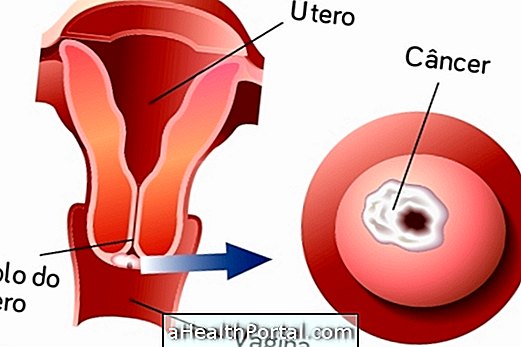
3. Conization
It consists of the removal of a small part of the cervix in the form of a cone to make a biopsy before the doctor indicates another complementary treatment.
It is also considered the standard treatment for HSIL, which is the high-grade squamous intraepithelial lesion, which is not yet considered cancer, but may evolve to that. See how the conization of the uterus is made.
4. Hysterectomy
Hysterectomy is a surgery that can be used in the early or more advanced stages of cancer, dividing it into 2 forms:
Total Hysterectomy
The surgery removes only the uterus and cervix and can be done through a cut in the abdomen or through the vaginal canal, leaving no marks of surgery on the woman. In addition, it can also be done by laparoscopy when only minor cuts are made in the region of the abdomen.
It is used to treat cervical cancer in stage IA1 and in some cases stage 0, and it may also be used to treat other problems in the uterus, such as uterine fibroids.
Radical Hysterectomy
In radical hysterectomy, in addition to the uterus and cervix, the upper vagina and tissues near the uterus, which may also be affected by cancer, are also removed. In general, this surgery is recommended for cases of cancer in the IA2 and IB stages, and is done through a traditional abdominal cut.
In addition, it is important to remember that in both types of hysterectomy, the ovaries and fallopian tubes are removed only if they have also been affected by the cancer or if they have other problems. See the types of hysterectomy and care after surgery.
5. Radical Trachelectomy
This procedure is similar to a hysterectomy, but removes only the cervix and upper part of the vagina, leaving the body of the uterus intact, which allows the woman to still be able to conceive.
This surgery can be performed through the abdominal incision or through the vaginal canal, when it does not leave scars. Then, if the woman becomes pregnant, the pregnancy should be closely monitored by the obstetrician and the delivery should be done by caesarean section.
6. Pelvic Exenteration
It is a more extensive surgery, used in cases where the cancer returns and affects other regions. In this surgery the uterus, the cervix, the pelvic ganglia, and other organs such as ovaries, fallopian tubes, vagina, bladder and part of the end of the intestine may be removed.
7. Radiation Therapy and Chemotherapy
Treatment with radiotherapy or chemotherapy can be used both before and after surgical treatments to aid in the fight against cancer, especially when they are in advanced stages or when there are metastases of the tumor.
Look at the types of cervical cancer and know the difference between them.





